Unlocking the Secrets of Silk, Zari, and Sarees: A Guide to Assessing Quality

In the world of fashion, few fabrics evoke the sense of luxury and elegance quite like silk. When it's intricately woven with zari and crafted into a stunning saree, it becomes a timeless piece of art. But with so many options available in the market, how can you ensure that you're investing in quality? In this guide, we'll delve into the nuances of assessing the quality of silk, zari, and sarees as a whole. Whether you're a seasoned saree aficionado or a novice exploring the world of Indian textiles, this comprehensive guide will equip you with the knowledge to make informed decisions and elevate your saree collection to new heights.
Understanding Silk: The Fabric of Royalty
Silk, often referred to as the "queen of textiles," has been prized for centuries for its luxurious texture and natural sheen. But not all silk is created equal. To assess the quality of silk, it's essential to understand the different types and grades available in the market.
Types of Silk:
-
Mulberry Silk: Considered the finest variety of silk, mulberry silk is produced by the Bombyx mori silkworms fed exclusively on mulberry leaves. It boasts a smooth texture, exceptional luster, and durability, making it ideal for premium sarees.
-
Tussar Silk: Also known as wild silk, tussar silk is derived from the cocoons of wild silkworms. It has a coarser texture compared to mulberry silk but exudes a rustic charm that appeals to many saree enthusiasts.
-
Eri Silk: Native to India's northeastern regions, eri silk is known for its natural golden hue and thermal properties. It's often used to create lightweight and breathable sarees, perfect for summer wear.
Assessing Silk Quality:
When evaluating the quality of silk, consider the following factors:
- Texture: High-quality silk should feel smooth and soft to the touch, with no rough or uneven areas.
- Luster: Look for silk that exhibits a natural sheen, indicative of its superior quality.
- Weight: Premium silk sarees tend to have a substantial weight, indicating denser weaving and higher silk content.
- Weave Density: Examine the saree closely to ensure the weave is tight and uniform, with no gaps or loose threads.
Decoding Zari: The Art of Embellishment
Zari, or metallic threadwork, adds a touch of opulence to sarees, elevating them from ordinary to extraordinary. Traditionally made from fine gold or silver threads, modern zari may incorporate synthetic materials for affordability. Here's how to assess the quality of zari workmanship:
Types of Zari:
-
Pure Zari: Crafted from genuine gold or silver threads, pure zari is prized for its rich luster and longevity. It's often used in high-end sarees and is considered a symbol of luxury and prestige.
-
Artificial Zari: Also known as imitation zari, artificial zari is made from metallic-coated yarns such as copper or polyester. While more affordable, it lacks the authenticity and durability of pure zari.
Assessing Zari Quality:
- Metal Purity: Inquire about the zari's metal composition, especially if purchasing pure zari sarees. Look for hallmark certifications to ensure authenticity.
- Fineness of Workmanship: Examine the intricacy of the zari embroidery, ensuring that the motifs are finely detailed and evenly spaced.
- Tarnish Resistance: High-quality zari should resist tarnishing over time, maintaining its brilliance even after repeated wear and storage.
Evaluating Sarees: The Ultimate Test of Quality
Now that we've explored the components of silk and zari, let's discuss how to assess the overall quality of sarees:
Fabric Consistency: Check for uniformity in fabric color and texture throughout the saree, indicating skilled dyeing and weaving processes.
Border and Pallu Design: Examine the intricacy of the border and pallu designs, ensuring they're symmetrical and well-executed.
Quality of Stitching: Inspect the stitching along the saree's edges and borders, looking for tight and even stitches that withstand the test of time.
Feel and Drape: Lastly, drape the saree over your arm or shoulder to assess its feel and drape. Quality sarees should flow gracefully and feel comfortable against the skin.
Conclusion
Mastering the art of assessing silk, zari, and sarees requires a keen eye for detail and an appreciation for craftsmanship. By understanding the nuances of each component and employing diligent inspection techniques, you can confidently navigate the world of saree shopping and build a collection of exquisite textiles that stand the test of time. Whether you're attending a festive celebration or a formal event, let your saree be a reflection of your discerning taste and refined style.
Ready to embark on your saree journey? Explore our curated collection of premium sarees, handpicked for their exceptional quality and timeless elegance. Elevate your wardrobe with sarees that celebrate tradition, craftsmanship, and the enduring allure of Indian textiles.

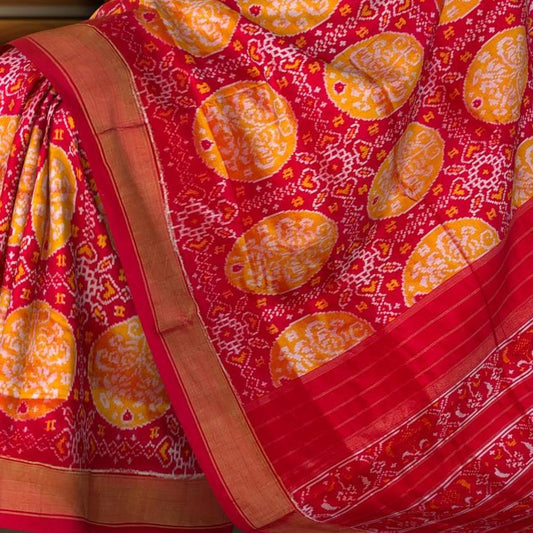
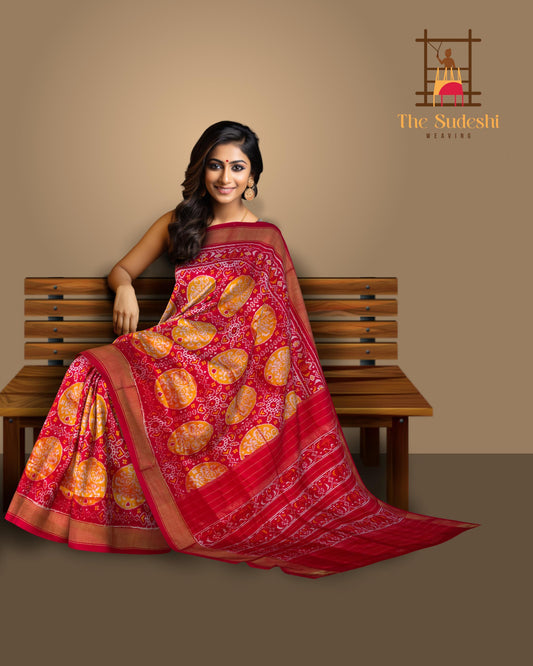
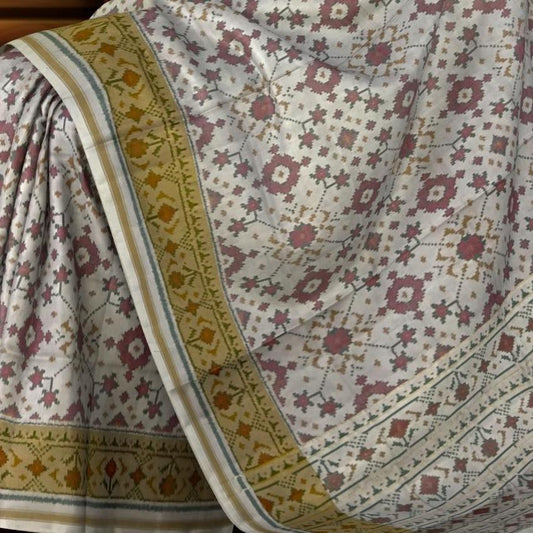
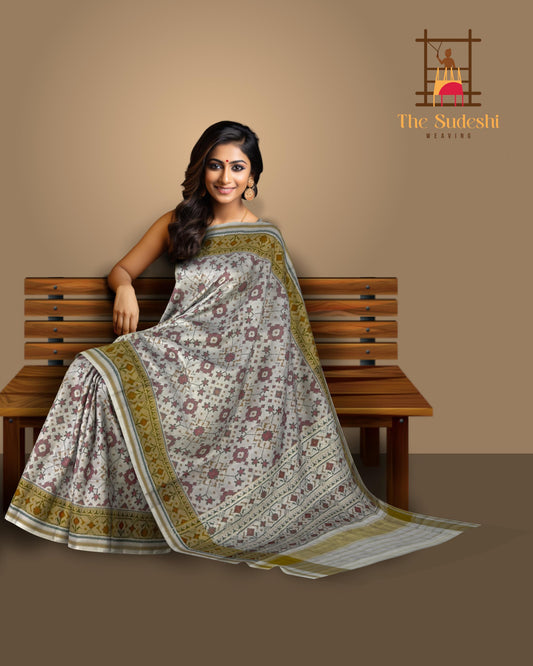
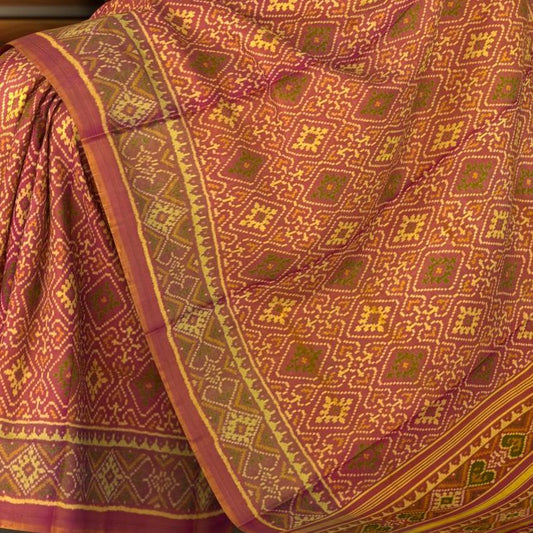
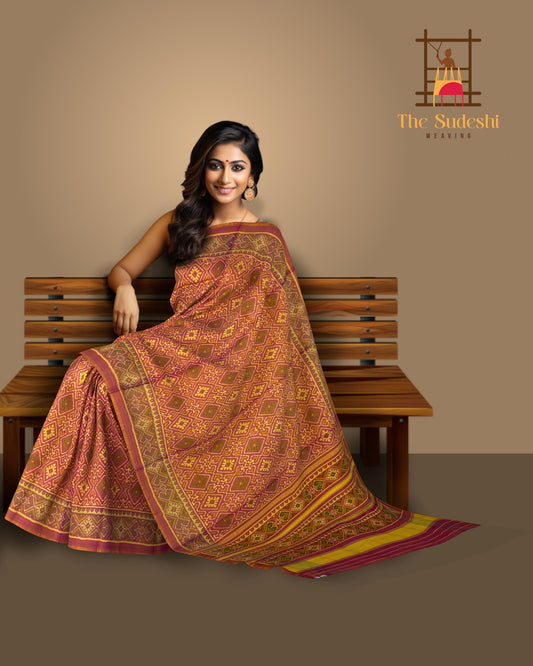
Leave a comment
Please note, comments need to be approved before they are published.